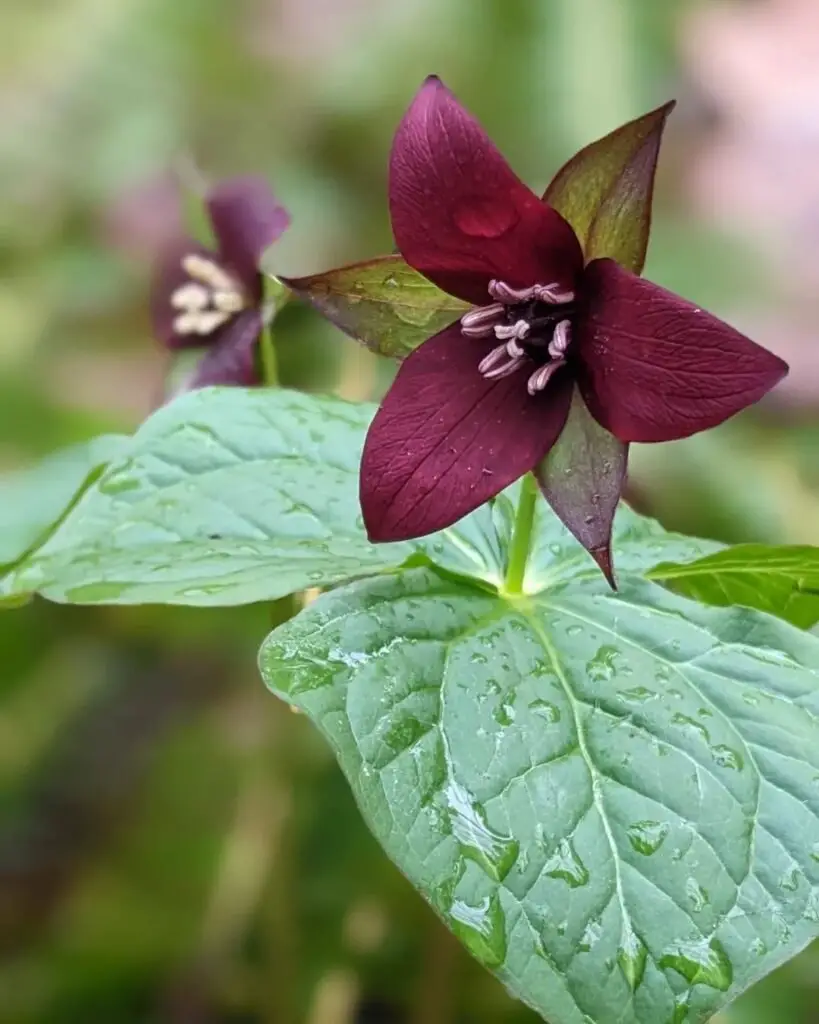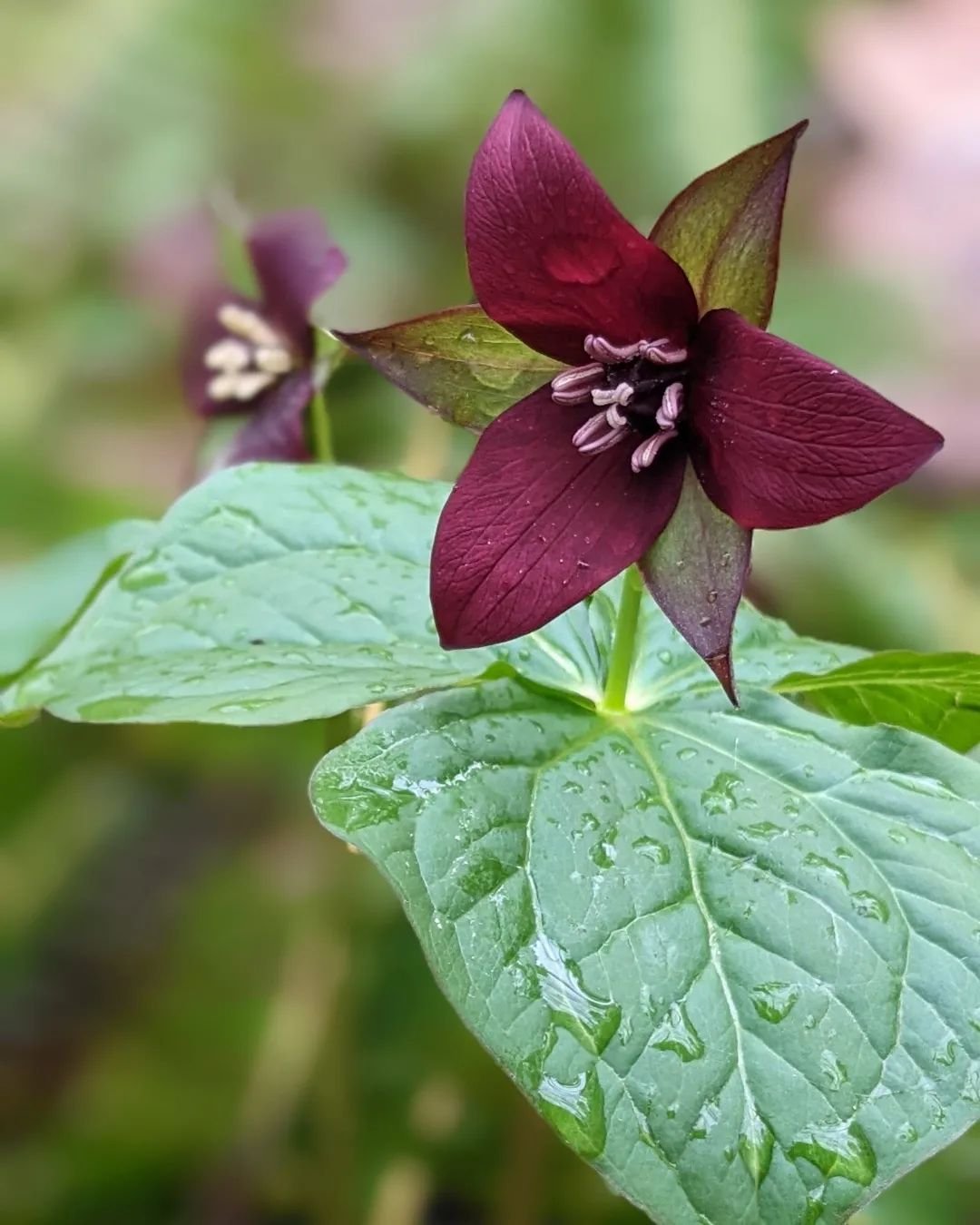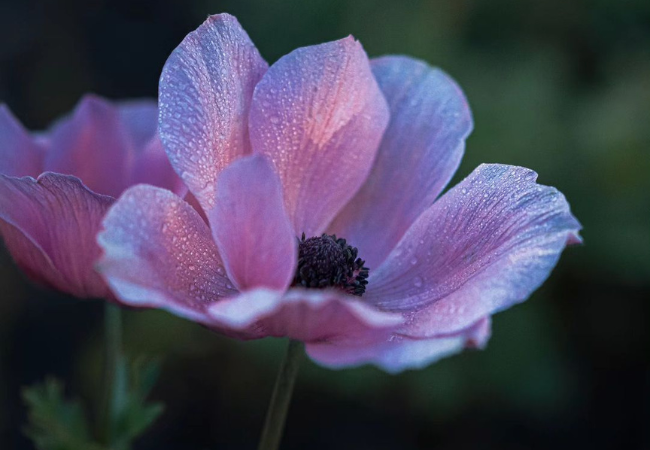Discover the meaning, symbolism, and care tips for the Arbutus flower (Trailing Arbutus). Learn how to grow Epigaea repens in your garden with expert advice from Ashley Scott.
With over a decade of gardening experience, I’ve encountered countless blooms, but few captivate me like the Arbutus flower, also known as Trailing Arbutus or Epigaea repens. This delicate evergreen plant, often called the Mayflower flower, is steeped in history, symbolism, and natural beauty. Let’s dive into everything you need to know about this enchanting plant—from its meaning and uses to where you can buy arbutus flower seeds or plants.
What is Trailing Arbutus?

Trailing Arbutus is a low-growing, evergreen shrub native to eastern North America. It’s famous for its fragrant, star-shaped arbutus flowers, which bloom in early spring (hence the nickname “Mayflower”). Here’s what makes it special:
- Scientific Name: Epigaea repens
- Common Names: Mayflower, Ground Laurel
- Size: Grows 2–6 inches tall, spreading up to 2 feet wide.
- Flowers: Clusters of pink or white blooms with a sweet, spicy fragrance.
- Leaves: Oval, leathery, and dark green—perfect for shady gardens.
I first stumbled upon Trailing Arbutus during a hike in the Appalachian Mountains. Its subtle beauty and resilience in rocky, acidic soil left me inspired to grow it in my own garden.
Symbolism and Meaning of the Arbutus Flower
The arbutus flower meaning is rich with history. Native Americans revered it as a symbol of perseverance and renewal, while early settlers linked it to hope (it’s said the Pilgrims named their ship Mayflower after spotting these blooms). Today, its symbolism includes:
- Love and Devotion: Victorian-era gardeners used it in romantic bouquets.
- Resilience: Thrives in harsh, rocky environments.
- Spiritual Connection: Some cultures believe it bridges the physical and spiritual worlds.
I’ve even seen stunning arbutus flower tattoos that capture its delicate petals and evergreen leaves—a tribute to nature’s endurance.
How to Grow Trailing Arbutus
Growing Epigaea repens isn’t for the faint of heart, but with patience, you can cultivate this gem. Here’s what I’ve learned over the years:
1. Ideal Location and Soil
- Location: Partial to full shade (think forest understories).
- Soil: Acidic (pH 4.5–5.5), well-draining, and rich in organic matter.
- Climate: Hardy in USDA zones 3–8.
Avoid heavy clay soils! I mix peat moss and pine needles into my planting beds to boost acidity.
2. Planting Tips
- Seeds vs. Plants: Arbutus flower seeds are slow to germinate (up to 2 years!). I recommend buying young plants from reputable nurseries.
- Spacing: Plant 12–18 inches apart to allow spreading.
3. Watering and Care
- Keep soil consistently moist but not waterlogged.
- Mulch with pine straw to retain moisture and mimic its natural habitat.
For more shade-loving plant ideas, check out my guide on native plants for shade gardens.
Where to Buy Arbutus Flower Plants or Seeds
Finding arbutus flower for sale can be tricky since it’s protected in some states. Here are my go-to sources:
- Online Retailers: Specialty nurseries like Prairie Moon Nursery often stock Epigaea repens.
- Etsy: Search for “arbutus flower Etsy” to find sellers offering seeds or cuttings.
- Local Nurseries: Call ahead—some may order it upon request.
Prices typically range from 15–15–40 per plant. If you’re on a budget, look for “arbutus flower under 1500” seeds—though germination requires patience!
Arbutus Flower Uses and Benefits
Beyond its beauty, Trailing Arbutus has practical uses:
- Medicinal: Native tribes brewed teas from its leaves to treat kidney issues.
- Ecological: Provides early-season nectar for pollinators.
- Decorative: Dried flowers add charm to wreaths or potpourri.
I once used its leaves in a homemade herbal tea blend—though always consult an expert before consuming any wild plant!
Common Questions About Arbutus Flowers
Q: Is there a difference between male and female arbutus flowers?
A: Yes! Male arbutus flowers have prominent stamens, while female arbutus flowers feature a visible pistil. Both are needed for pollination.
Q: When does arbutus flower bloom?
A: In early spring (March–May), depending on your zone.
Q: Can I grow Trailing Arbutus in containers?
A: Absolutely! Use wide, shallow pots with acidic soil.
For more FAQs, visit the Lady Bird Johnson Wildflower Center.
My Journey With Trailing Arbutus
I’ll admit—my first attempt at growing Trailing Arbutus failed miserably. I planted it in clay soil, and it withered within weeks. After adjusting the pH and switching to dappled shade, though, I now have a thriving patch under my oak trees. It’s proof that even finicky plants can flourish with the right care!
Final Thoughts
The Arbutus flower isn’t just a plant—it’s a story of resilience, history, and natural wonder. Whether you’re drawn to its symbolism, fragrance, or evergreen foliage, this native wildflower deserves a spot in your garden. Ready to start your journey? Browse my gardening tips for beginners to set yourself up for success.
External Resources:
- USDA Plant Guide for Epigaea Repens
- Missouri Botanical Garden Profile
- Native Plant Trust Growing Tips
Happy gardening!
Ashley Scott
USA Garden Hub 🌿







2 Comments on “Arbutus : The Charming Strawberry Tree for Your Garden”